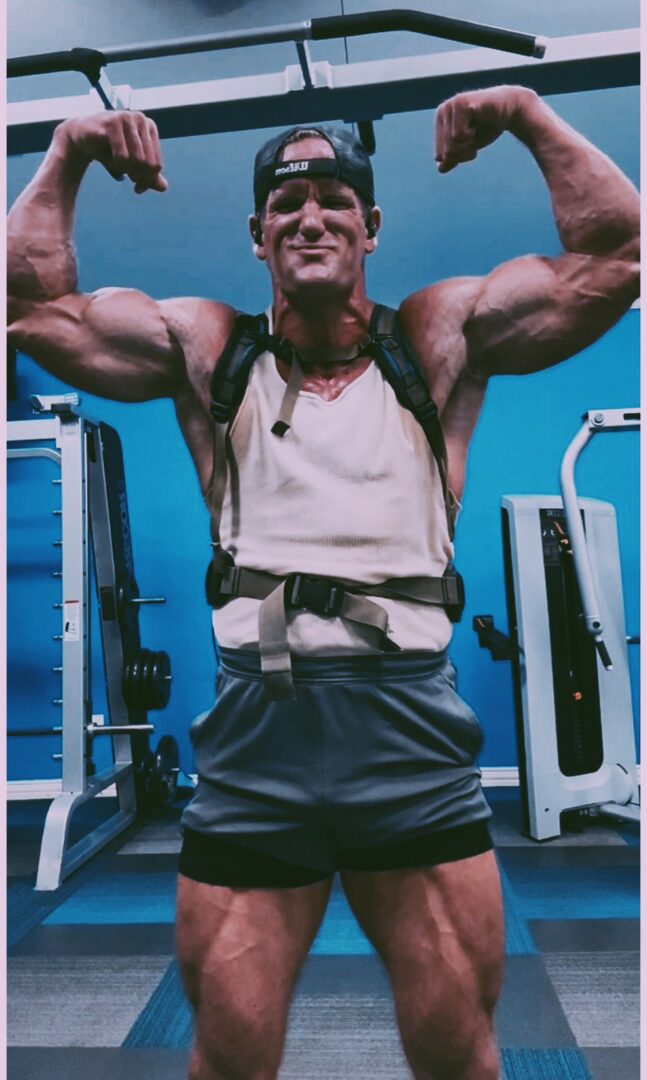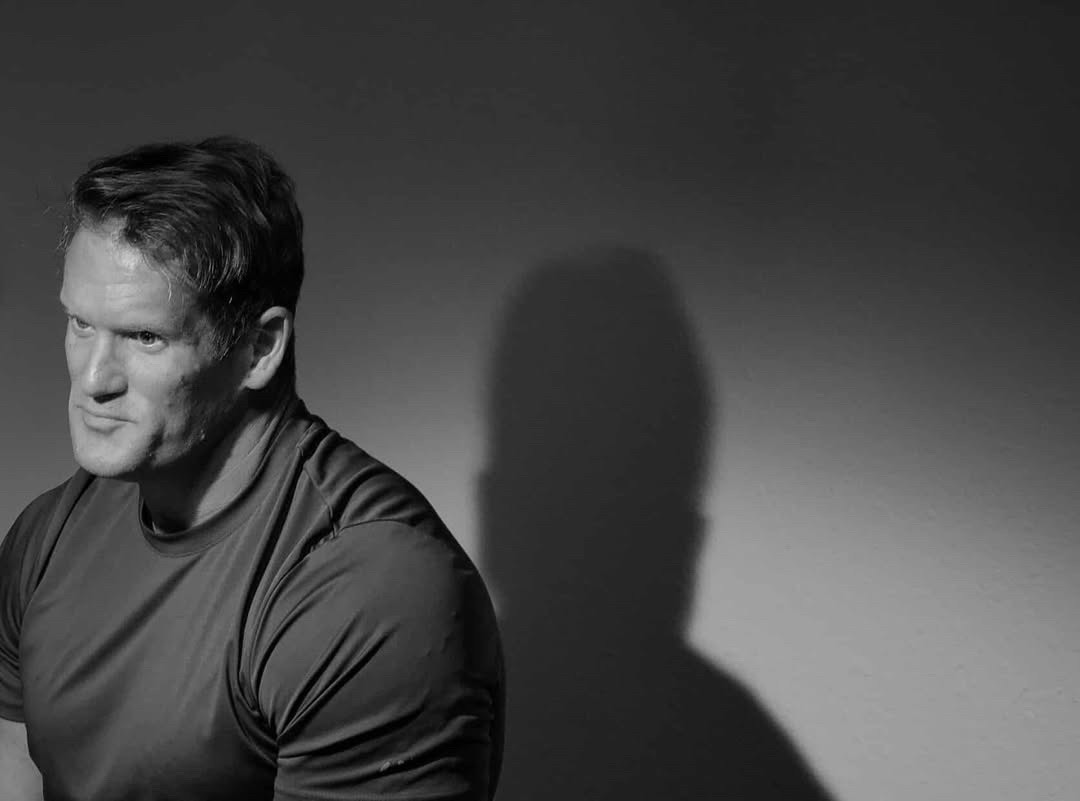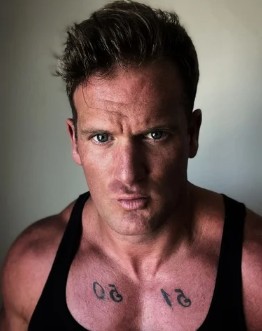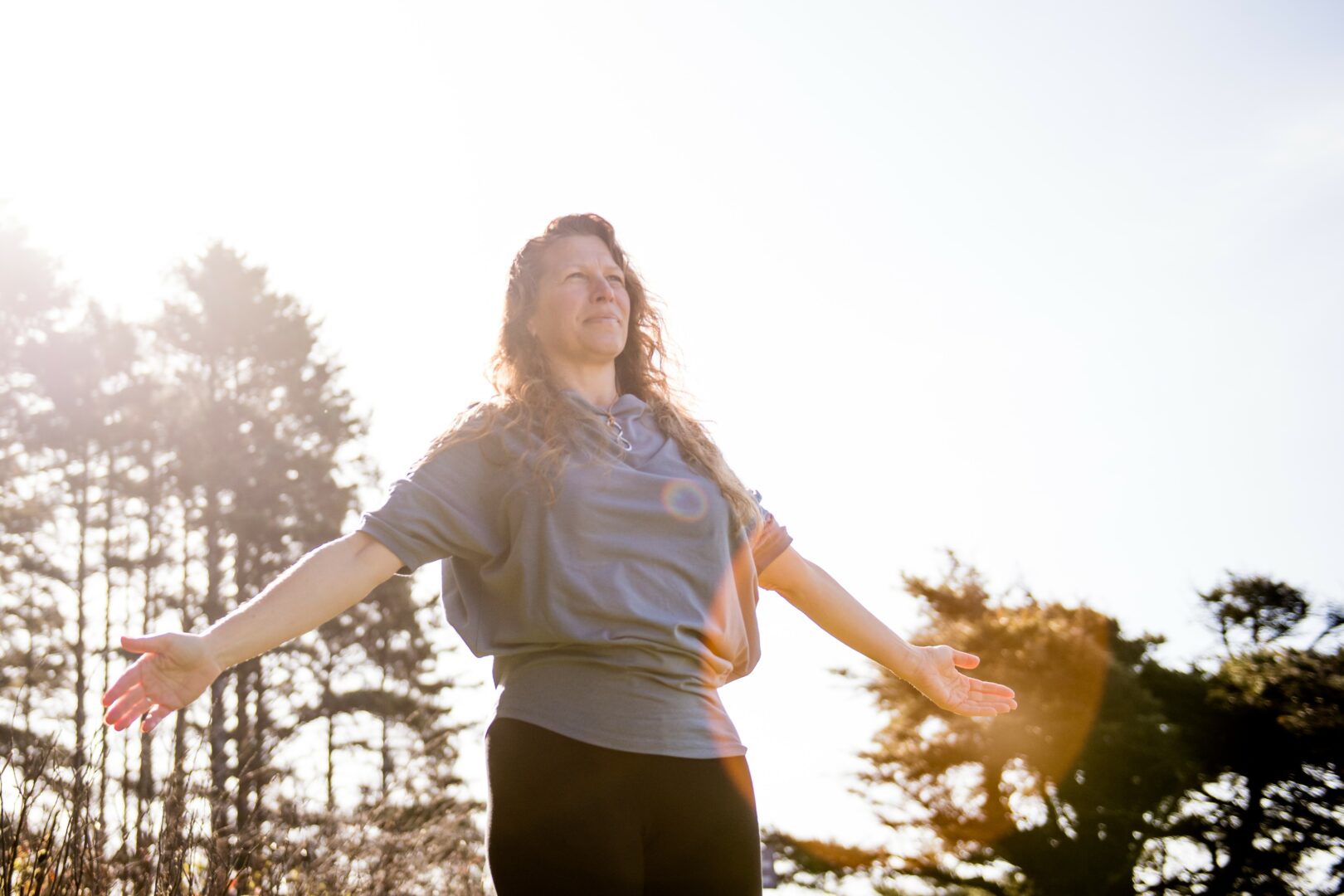Alright – so today we’ve got the honor of introducing you to Spencer Brooks Otto. We think you’ll enjoy our conversation, we’ve shared it below.
Spencer Brooks, thank you so much for joining us today. Let’s jump right into something we’re really interested in hearing about from you – being the only one in the room. So many of us find ourselves as the only woman in the room, the only immigrant or the only artist in the room, etc. Can you talk to us about how you have learned to be effective and successful in situations where you are the only one in the room like you?
Being the only one in the room has been the story of my life. I’ve spent years on the outside—whether that was living on the streets, being written off as an addict, or growing up in a home where I didn’t feel fully seen. In those spaces, I learned quickly that standing out could feel like a curse, but it could also be a strength. I had to build resilience, to trust my perspective even when no one else understood it. That same resilience is what makes me effective now. I don’t shy away from being different—I lean into it, because I know that’s where my value lies.
I’ve learned to turn those outsider experiences into connection points. When I’m the only one in the room who looks like me, thinks like me, or comes from my background, I use that difference to offer insight others can’t. I listen deeply, I adapt, and I speak with honesty, because I’ve lived what it means to fight for a voice. My success doesn’t come from blending in—it comes from refusing to let my difference be a weakness. Instead, I’ve turned it into my biggest strength.

Let’s take a small detour – maybe you can share a bit about yourself before we dive back into some of the other questions we had for you?
I’ve lived two very different lives — first as a homeless addict, then as a SAG-E actor, author, bodybuilder, and influencer. That journey is what fuels everything I create and why my work feels so personal and alive.
As an actor, I’ve worked tirelessly to sharpen my craft, training in the Meisner technique and recently earning my SAG-AFTRA eligibility — a milestone that represents years of persistence, discipline, and dedication. Acting gives me a way to channel my lived experience into roles with depth and authenticity, drawing on emotions that are real because I’ve survived them.
Writing is another place where my story comes alive. My book, Diaries of a Homeless Junkie, is a raw and unflinching look at my years addicted to heroin and meth while living on the streets. It’s more than a memoir — it’s a testimony to how far a person can fall and still rise again. Through fragmented, poetic storytelling, I’ve tried to give voice to the pain, chaos, and fleeting moments of clarity that define life in addiction, while also showing the humanity beneath the struggle.
Beyond the stage and the page, I’ve built a platform of over 100,000 followers — 58K on Instagram and 44K on TikTok — where I share raw stories, survival lessons, and hard-earned recovery insights. What sets my content apart is that it doesn’t glamorize or sanitize the past — it’s unfiltered, real, and rooted in lived experience. People connect with it because they see both the wreckage and the rebuilding, both the darkness I’ve endured and the light I fight for daily.
Spending most of my adult life in addiction gave me a reservoir of human experience that I now pour into everything I do — whether it’s stepping into a role, building a body through discipline, or crafting a story that cuts to the bone. At the core of it all, my mission is simple: to turn the darkest parts of my story into something that can light the way for others, proving that transformation is not only possible but powerful.

If you had to pick three qualities that are most important to develop, which three would you say matter most?
Looking back, the three qualities that shaped my journey most were resilience, emotional intelligence, and storytelling. Resilience kept me alive when I was homeless and addicted—when everything seemed impossible, I learned to keep moving, even if it was just one block, one night, or one small decision at a time. Emotional intelligence grew out of being hyper-aware of people and situations on the street; reading energy and intent became survival. Today, that same sensitivity helps me connect with people on a deeper level. And storytelling has been my bridge out—turning chaos, pain, and even psychosis into words and performances that resonate with others. It gave my past a purpose.
For anyone early in their journey, my advice is: don’t rush the process, but be intentional about how you grow. Resilience is built by facing discomfort instead of running from it—practice showing up even when you don’t feel ready. Emotional intelligence can be developed by listening more than you talk, really trying to understand people’s motives and feelings. And storytelling isn’t just for artists—it’s a way of making sense of your own life. Start journaling, sharing your experiences, or even just reflecting on your past with honesty. When you can turn pain into perspective, and perspective into something you share, you’ve already begun transforming your story.

As we end our chat, is there a book you can leave people with that’s been meaningful to you and your development?
A book that’s played a big role in my development recently is “I Hate You, Don’t Leave Me” by Jerold J. Kreisman, M.D., and Hal Straus.
What really struck me was how it dives into the ways our emotions and past experiences shape how we interact with the world—and how much of our behavior can be understood and reshaped when we pay attention to it. Reading it made me realize that so much of my own life—from addiction to the chaos of homelessness—was a series of patterns I hadn’t fully understood until I started looking closely.
A few lessons that stuck with me: first, self-awareness is everything—being honest about your patterns, triggers, and reactions is the first step toward growth. Second, relationships reflect your inner world—how we connect with others often mirrors how we connect with ourselves, and understanding that has helped me navigate friendships, family, and creative collaborations with more clarity. And finally, healing is a process, not a destination—it takes patience, practice, and sometimes making uncomfortable choices, but every small step matters.
For me, the biggest takeaway has been learning to observe my own behaviors and emotional reactions without judgment, and using that awareness to make more conscious choices—not just in my personal life, but in my work and storytelling as well. It’s helped me transform my past into something meaningful, turning survival and chaos into art, connection, and insight for others who’ve felt unseen or misunderstood.
Contact Info:
- Website: https://spenceotto3.wixsite.com/hard-knock-gospel
- Instagram: https://instagram.com/hardknockgospel
- Youtube: https://youtube.com/@spencer_brooks_otto
- Other: https://outsidersanonymous.substack.com
https://tiktok.com/hard.knock.gospel

Image Credits
Barrett Young
Space Fire Films
so if you or someone you know deserves recognition please let us know here.




